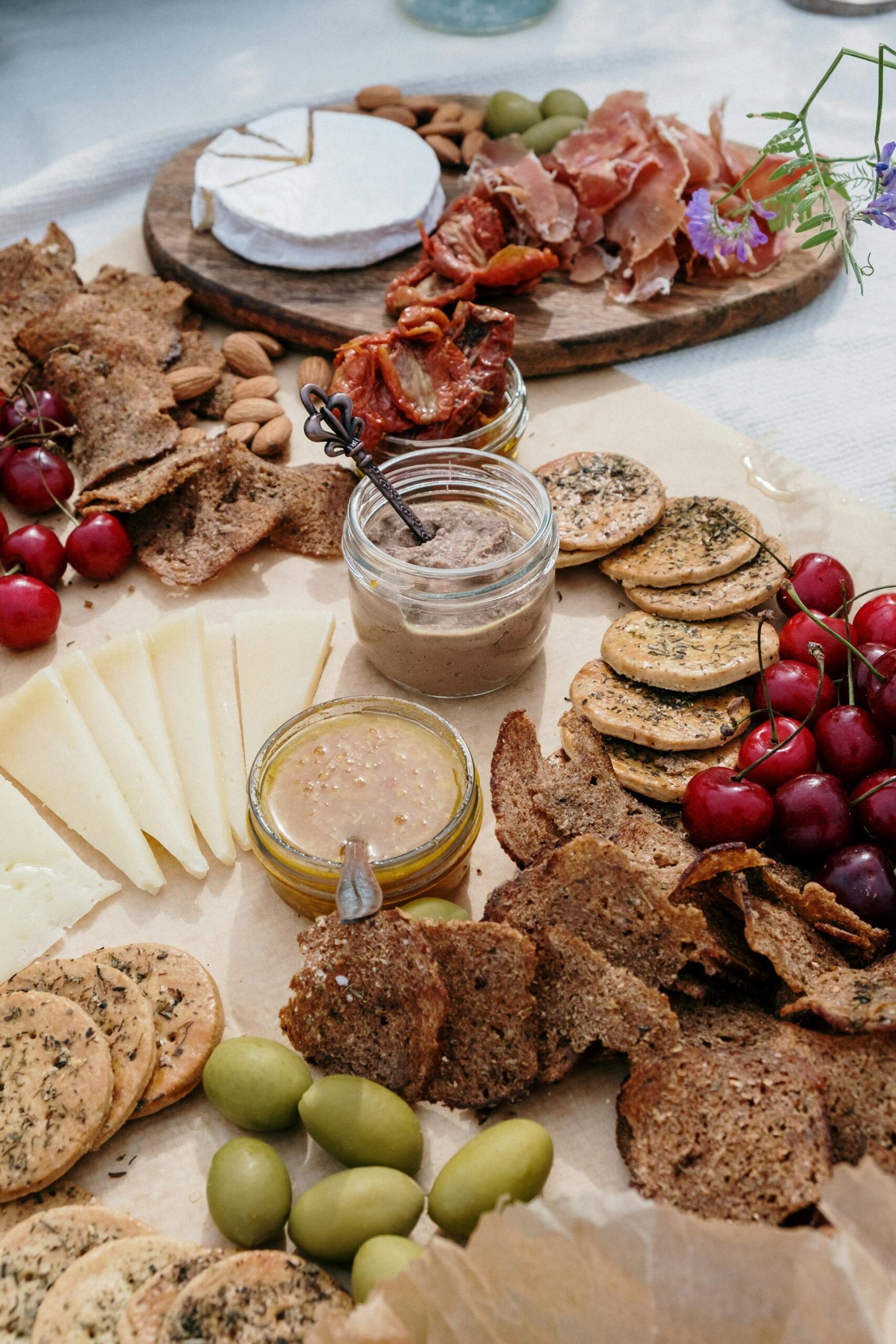
Introduction
Making pâté from scratch is an art that results in a luxurious, smooth, and flavorful spread. While pâté is often seen as a gourmet delicacy, it’s surprisingly easy to make at home. Whether you’re making liver pâté or vegetarian versions, this guide will walk you through the basic techniques for creating a perfect spread.
What is Pâté?
Pâté is a mixture of ground meats (typically liver), spices, and fat, which is cooked and then blended into a smooth paste. There are many varieties of pâté, including meat-based and vegetable-based versions, but the most popular is pâté de foie, made with liver.
- Liver-Based Pâté: The most common pâté uses chicken, duck, or pork liver, and its rich flavor is balanced by the addition of herbs, spices, and sometimes alcohol like brandy or cognac.
- Vegetarian Pâté: A blend of vegetables, nuts, and herbs can be used to create a plant-based pâté, offering a healthier alternative while maintaining rich flavors.
Step 1: Choosing Your Ingredients
The quality of ingredients plays a major role in the final flavor of your pâté. If you’re making traditional liver pâté, source fresh, high-quality liver from a butcher. For vegetarian pâté, use fresh mushrooms, lentils, or other hearty vegetables, and season generously.
- For Liver Pâté: Chicken or duck liver works best due to its tender texture and rich flavor. Pork liver can also be used for a stronger taste.
- For Vegetarian Pâté: Ingredients like mushrooms, lentils, walnuts, and herbs like thyme and rosemary add depth and richness.
Step 2: Preparing and Cooking the Ingredients
For liver-based pâté, the liver needs to be cooked thoroughly to avoid any unpleasant flavors while still preserving its tenderness. Here’s how:
- Sautéing the Liver: Sauté the liver with butter, onions, garlic, and herbs until just cooked through. Overcooking the liver can result in a bitter taste, so monitor it carefully.
- For Vegetarian Pâté: Sauté vegetables like mushrooms or lentils with onions, garlic, and seasoning until soft and flavorful. This builds the foundation of your pâté’s taste.
Step 3: Adding Seasoning and Flavor
The seasoning makes a significant difference in the complexity of the pâté. Classic pâté recipes often include herbs like thyme, rosemary, and bay leaves, along with a splash of alcohol to enhance the flavor.
- Alcohol: Many pâté recipes call for brandy, cognac, or sherry. These liquors add richness and depth, balancing the strong flavors of liver.
- Herbs and Spices: Add fresh thyme, rosemary, or bay leaves during the cooking process. Some recipes also include nutmeg or allspice for warmth.
Tip: If making a vegetarian pâté, miso or soy sauce can be used to provide umami, replacing the meaty flavor profile.
Step 4: Blending the Pâté
Once the ingredients are cooked and seasoned, it’s time to blend everything into a smooth, spreadable paste. This step is crucial for achieving the desired texture.
- Blending: Use a food processor to blend the mixture until smooth. For an extra silky texture, strain the pâté through a fine mesh sieve or cheesecloth to remove any large particles.
- Adding Fat: For liver-based pâté, add butter or cream during the blending process. This not only smooths out the pâté but also enhances its richness. Vegetarian pâté may benefit from a bit of olive oil or coconut oil for similar results.
- Tip: For extra creaminess, add a small amount of heavy cream or crème fraîche to the mixture while blending.
Step 5: Chilling and Serving
After blending, transfer the pâté to a mold or bowl and chill it in the refrigerator for at least two hours or overnight. Chilling allows the flavors to meld and the pâté to firm up to the ideal consistency.
- Topping the Pâté: To preserve the pâté and add a decorative touch, cover it with a layer of clarified butter or a jelly glaze. This not only enhances presentation but also prevents the pâté from drying out.
- Serving: Serve your pâté with toasted bread, crackers, or crudités. Garnish with fresh herbs or fruit preserves for an elegant presentation.
Variations on Traditional Pâté
There are endless ways to customize your pâté recipe to suit different tastes:
- Pâté de Campagne: A coarser version of pâté, which uses chopped meats like pork, and is often baked in a terrine.
- Spicy Pâté: Add cayenne pepper, smoked paprika, or chili flakes for a spicier twist on traditional pâté.
- Vegetarian Walnut Pâté: Blend roasted walnuts, mushrooms, and lentils with herbs and olive oil for a plant-based alternative that’s just as rich and flavorful.
Conclusion
Making pâté from scratch is easier than it looks and offers endless possibilities for customization. Whether you prefer the richness of a traditional liver pâté or the earthiness of a vegetarian version, the techniques are simple, and the results are impressive. With the right ingredients, careful seasoning, and smooth blending, you can create a luxurious pâté that’s perfect for any occasion.




